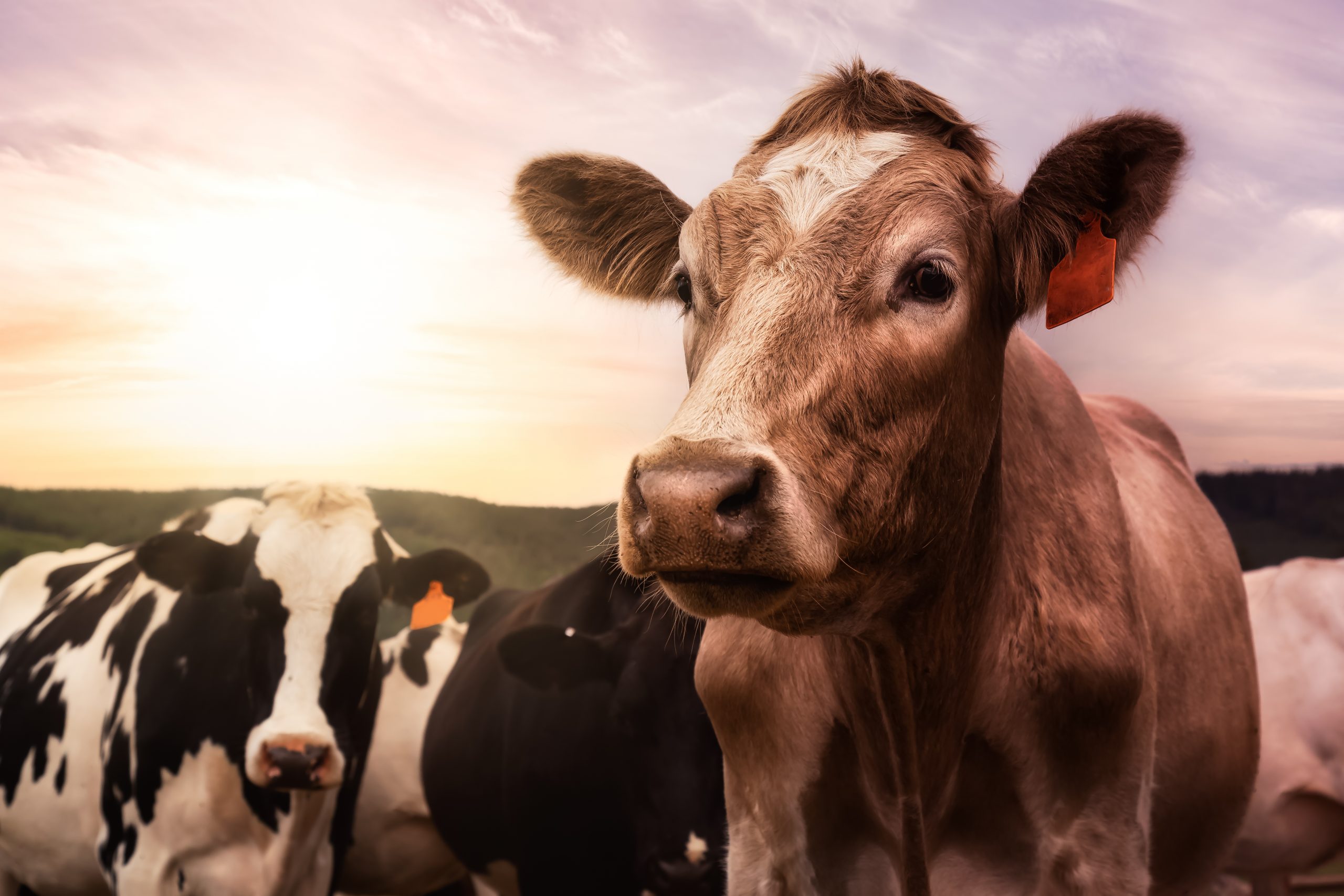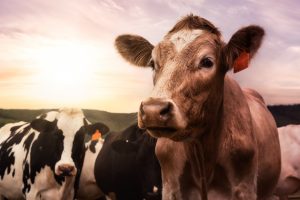The idea is pure madness and will do little to impact climate change.
Two hundred thousand cows equal (roughly) 10% of the Irish dairy herd and less than 3% of the total national herd (which is around 7 million head). It is hard to see where killing 2.85% of the national herd will contribute significantly to real emission reduction. There are 1.5 billion cows in the world and slaughtering .00013% of the global herd doesn’t seem to be a realistic way to impact the whole.
Throughout history, cattle have played strategic roles in feeding people and nations.
Cattle have enhanced lives and acted as life support for poor rural families globally.
In certain countries around the world, they still do today.
Cattle fulfill a MIRACULOUS place in the food supply chain. Because of their four chambered stomach they are able to eat foods that humans cannot and in turn create foods we all know, love and eat regularly. Cows turn grass and roughage into milk, butter, cheese, and meat.
And, as important as reducing ruminant methane emissions is, most people don’t understand the source of ruminant emissions. The methane emissions to be reduced come from belching as the cow ferments the cellulose (chewing the cud) and not from farting.
Ireland’s decision to slaughter so many cows didn’t happen in a vacuum. It was a knee-jerk reaction to the European Union’s “Green Deal,” which states each of 27 countries in the EU must reduce emissions 55% by 2030.
In Ireland, agriculture is estimated to account for 38% of total emissions, and the goal is to reduce Ag emissions by 25%. Part of reaching that goal, according to the Irish government, is to slaughter 200,000 dairy cows.
The Irish Dairy industry employs 54,000 people and adds $14 billion to the Irish economy. Ireland exports dairy products to over 100 countries worldwide. The industry is globally competitive, successful, and meaningful to the economy–as sales of the popular DairyGold butter brand in the US supermarket demonstrate.
The potential slaughter will cost the Irish taxpayers $640 million. Even so, Irish Ag Minister Charlie McConalogue continues to look for ways to reduce methane emissions in agriculture, and, as a result, the talk of slaughter continues.
It’s another form of mad cow disease that’s been brought on by Mad Humans. And the push for crazy actions like these don’t seem to be going away.

 In June, the Irish government proposed slaughtering 200,000 dairy cows over the next three years in an attempt to battle climate change.
In June, the Irish government proposed slaughtering 200,000 dairy cows over the next three years in an attempt to battle climate change.